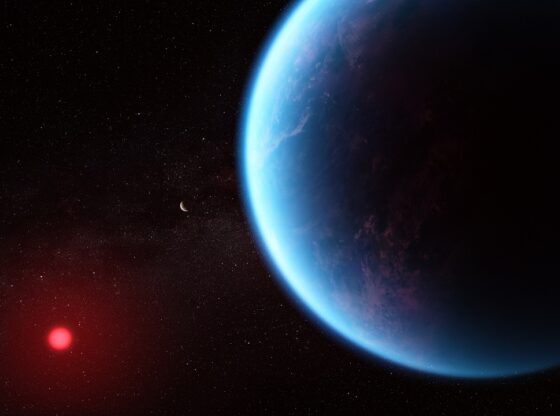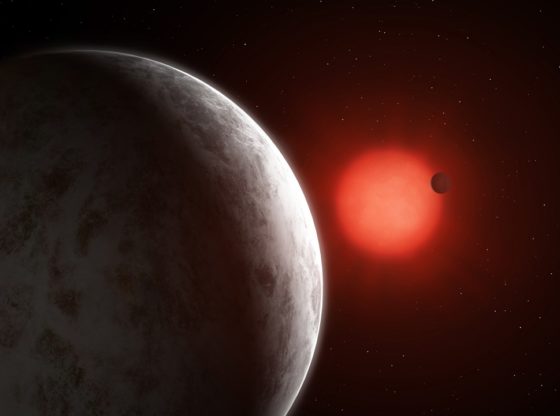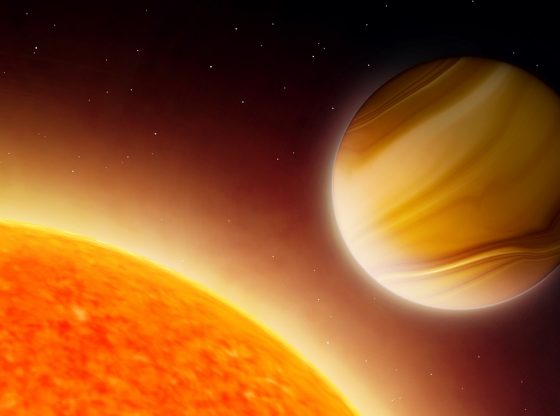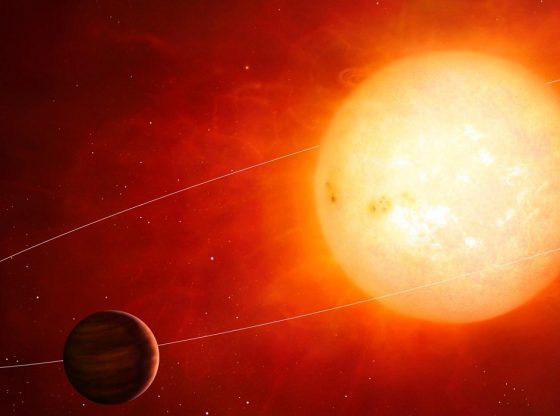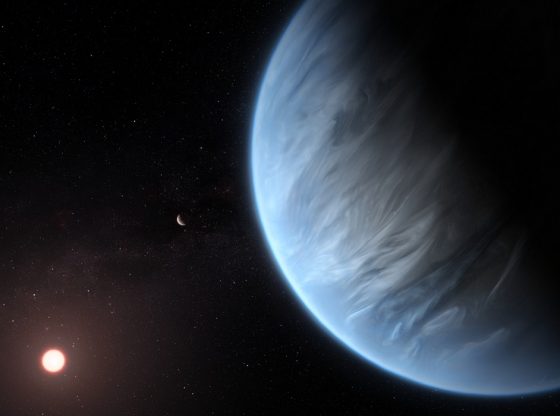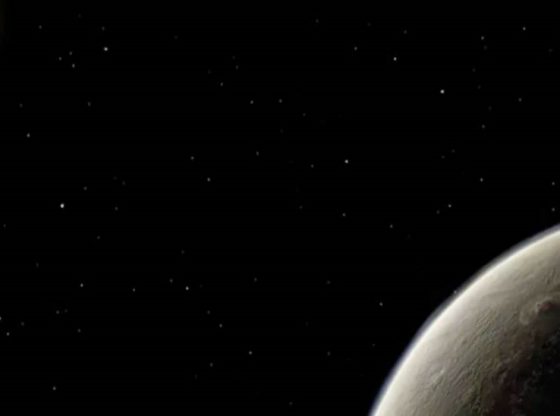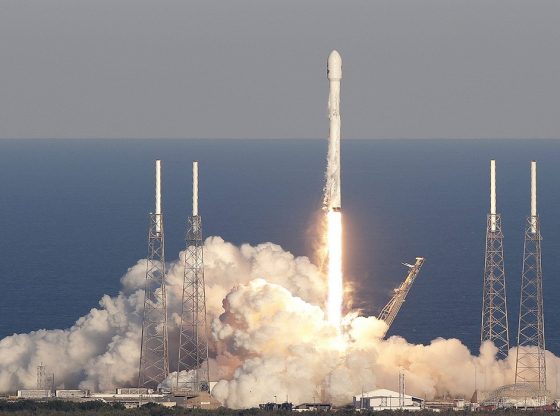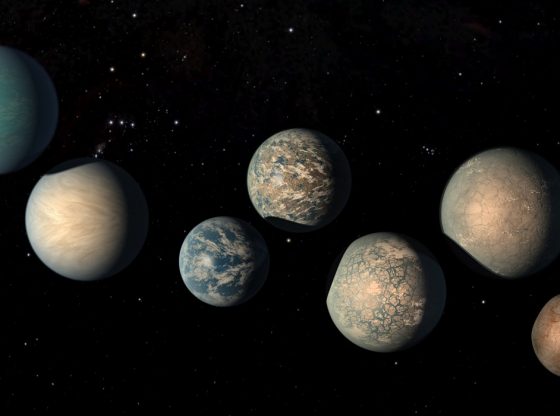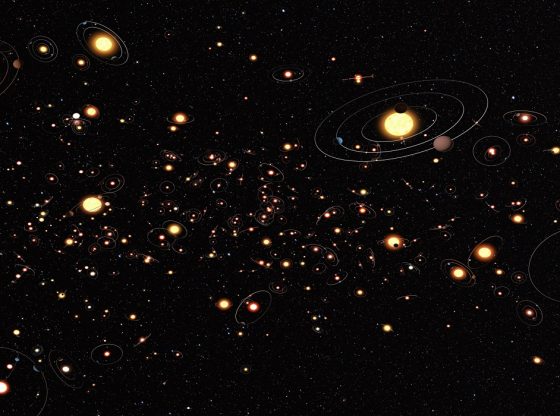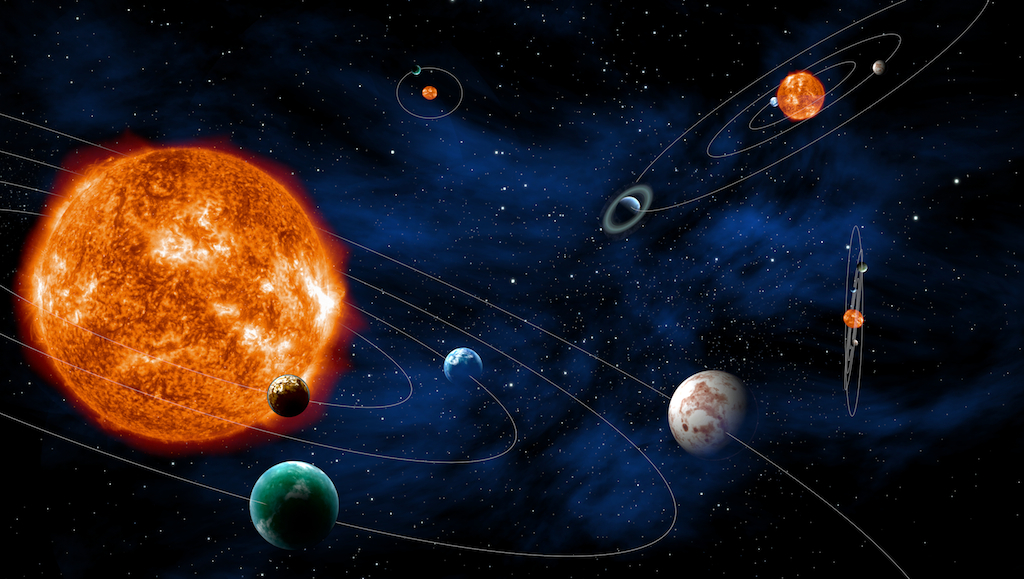
The European Space Agency (ESA) will send an observatory named PLATO into space by the year 2024. This space observatory will explicitly search for planets orbiting alien stars.
PLATO (Planetary Transits and Oscillations of stars) was selected by ESA’s Science Program Committee for implementation as part of its Cosmic Vision 2015–25 Program.
It will aim to address two themes of this Cosmic Vision; what are the conditions for planet formation and the emergence of life? And how does the Solar System work?
It will begin by monitoring relatively nearby stars, searching for tiny, regular dips in brightness as their planets transit in front of them. Using the same method as the space telescope Kepler.
But PLATO will then make use 34 separate telescopes on Earth to help in the search for planets. Searching around a million stars spread over half the sky. The data collected by PLATO will allow scientists to assess orbiting planet’s mass and radius, and thereby also their density and composition.
The telescope will focus on discovering Earth-sized planets and super-Earths within the habitable zone of their parent stars.
Data from ESA’s recently launched Gaia mission will help PLATO to provide precise characteristics of thousands of exoplanet systems.
_______________
Press Release: ESA Selects planet hunting PLATO mission
______________________________

